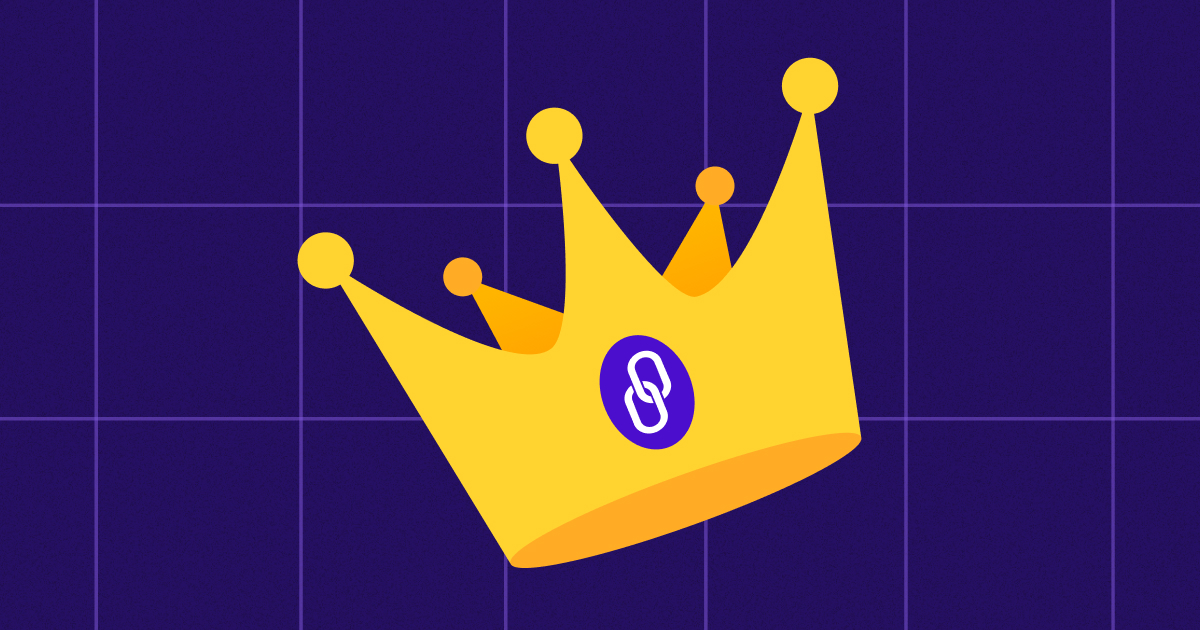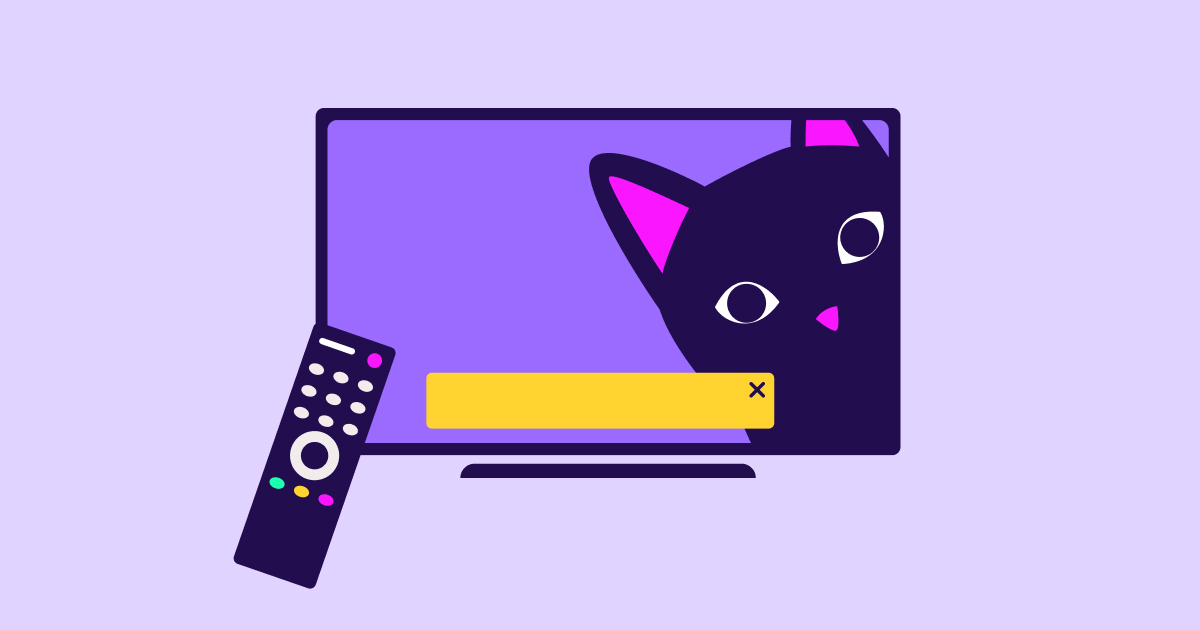
Consumer preferences say: Your business needs an app
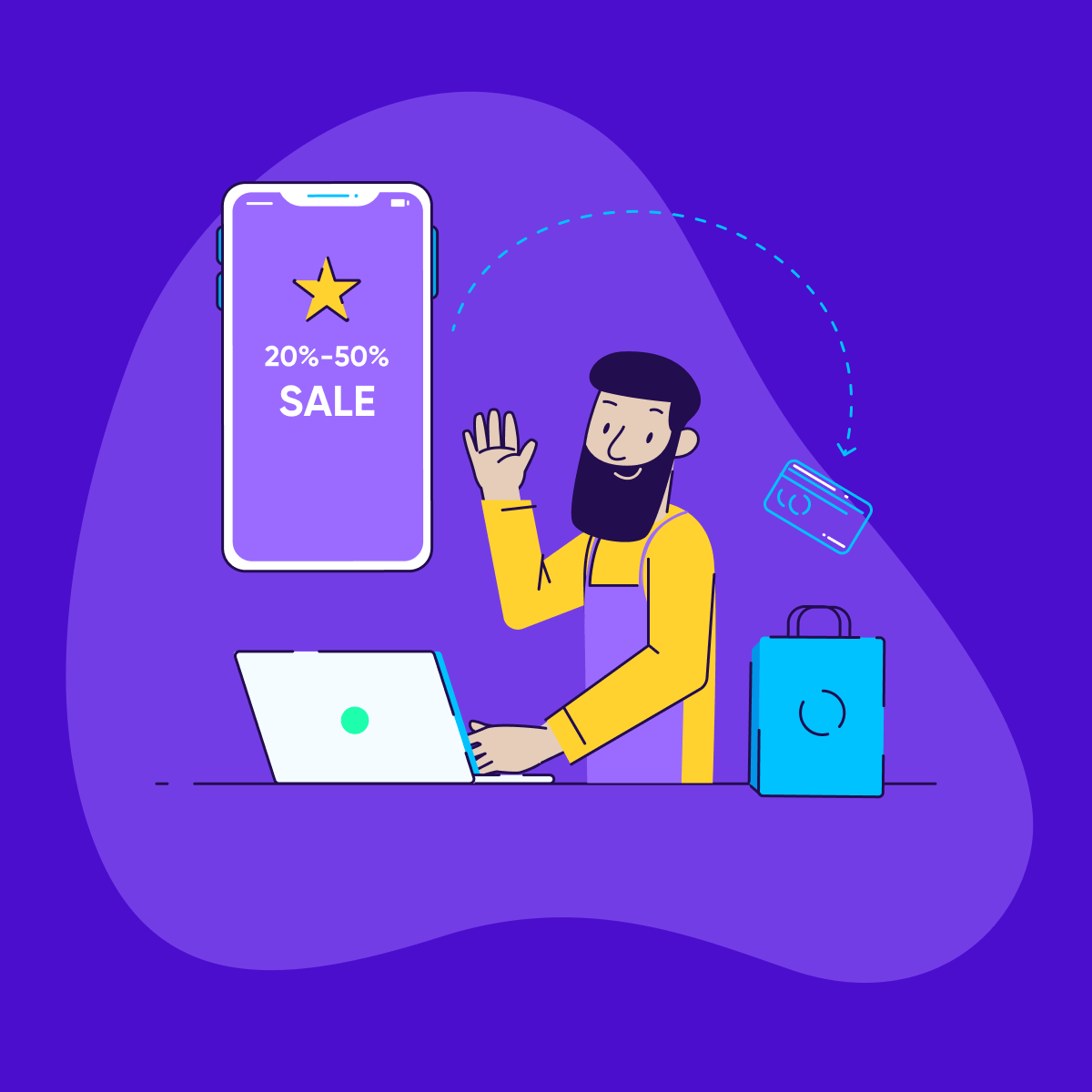
In 2020, people downloaded 247 billion apps, and then spent 90% of their mobile internet time on them (with only 10% being spent on websites). In fact, App Annie’s State of Mobile report shows that Android users alone whiled away 3.5 trillion hours engaging with apps in 2020.
So why do apps generate such a large and enthusiastic population of users? Apps have technical and design features that offer a faster, safer, and more personalized online experience – exactly what consumers say they want.
To provide your customers with the experiences they crave, you’ll need to consider what they want from their time online, and decide if an app can deliver it better than your mobile website alone.
Speed
According to Google data, customer loyalty is built on speed. It shows that 75% of consumers are more likely to buy from brands that offer quick transactions, while an extra 2 seconds to load a page increases the bounce rate by 32%.
Apps slash transaction times
Apps run faster than websites and offer time-saving functions that help users complete tasks quicker.
Why? Because apps are downloaded and stored on a phone, ready to use anytime, and with some functions that can even run offline. To engage with a website, however, users need to connect from a browser and wait for a page to load.
Apps also offer built-in tools and integrations that help users get things done faster. For example, travelers can book a Lyft ride from inside the JetBlue app – making the entire travel experience smoother and hassle-free.
Example: The Starbucks app
The Starbucks app streamlines the order, pay, and pickup process for its millions of fans – helping the app earn a 4.8-star rating on the Apple Store.
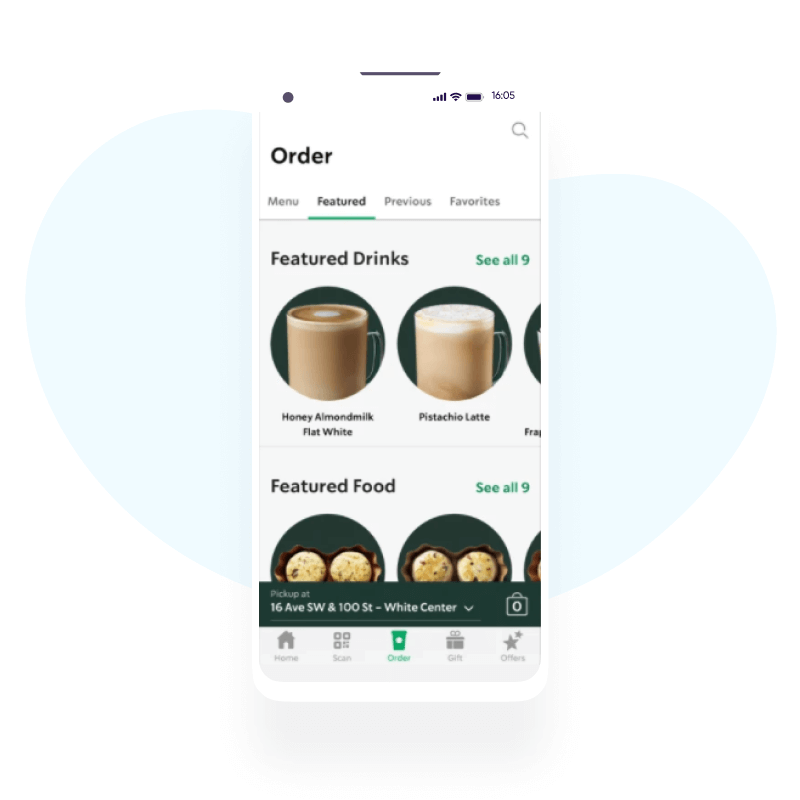
To speed up ordering, users can locate a nearby store using the app’s map integration, place an order at that specific store, and have their selections waiting when they get there.
The app integrates with online wallets like Google Pay and Apple Pay, and offers a refillable online payment card. Users don’t have to stop at the register while at the store, and can even leave a tip on the app.
Time-crunched coffee lovers can see how long a wait is at a Starbucks location and decide if they have time for a quick caffeine boost.
Personalization
People love and expect personalized service – especially in the digital realm. Yet many brands struggle to offer excellent personalized experiences online.
A survey by Dassault Systèmes revealed that, on average, people would pay 25.3% more for personalized experiences. At the same time, Segment’s research shows that “42% of consumers expect to receive a relevant discount within 24 hours after identifying themselves to a brand.”
Unfortunately, the promise of personalization is not always realized. Only 5% of consumers say emails are well-timed, and 40% of shoppers say their experiences are still lacking truly contextual content.
Apps are made for personalization
Apps run independently on each device, unlike websites that are accessed by everyone. That gives both brands and users more latitude in how they personalize their app experience.
For example, users can change settings – as in the health and wellness MyFitnessPal app.
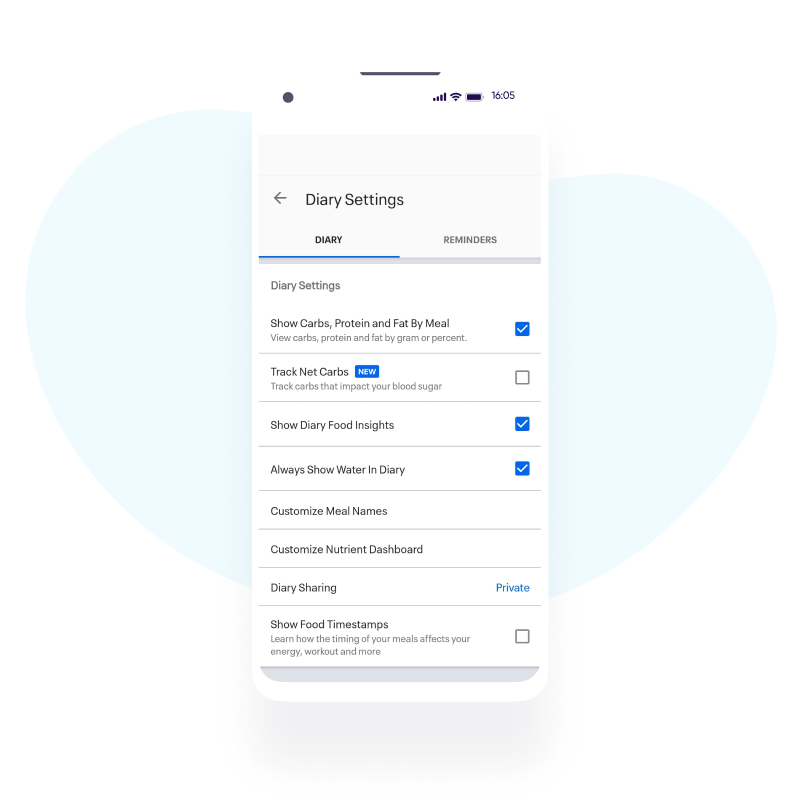
Appearance, privacy, security, and even how brands communicate are all up to app users.
Brands, in turn, can use behavioral insights and user input to personalize the app experience:
- Previous purchases and searches can guide customized products and discount offers
- Interaction, or lack of it, can customize re-engagement techniques
- Physical location may be requested to send in-store deals
- Stated interests can make communications feel more personal
Naturally, accessing these advanced features has to happen with user privacy in mind, and many of these functionalities require explicit user consent – which makes it even more important that a clear value proposition is provided and data is only used in ways that are explicitly allowed by the users to avoid an erosion of trust.
Example: Pilot Flying J app
Pilot Flying J is the largest operator of travel centers (full-service automobile fueling stations) in the U.S. Their app offers drivers several ways to save time and money through a personalized experience.
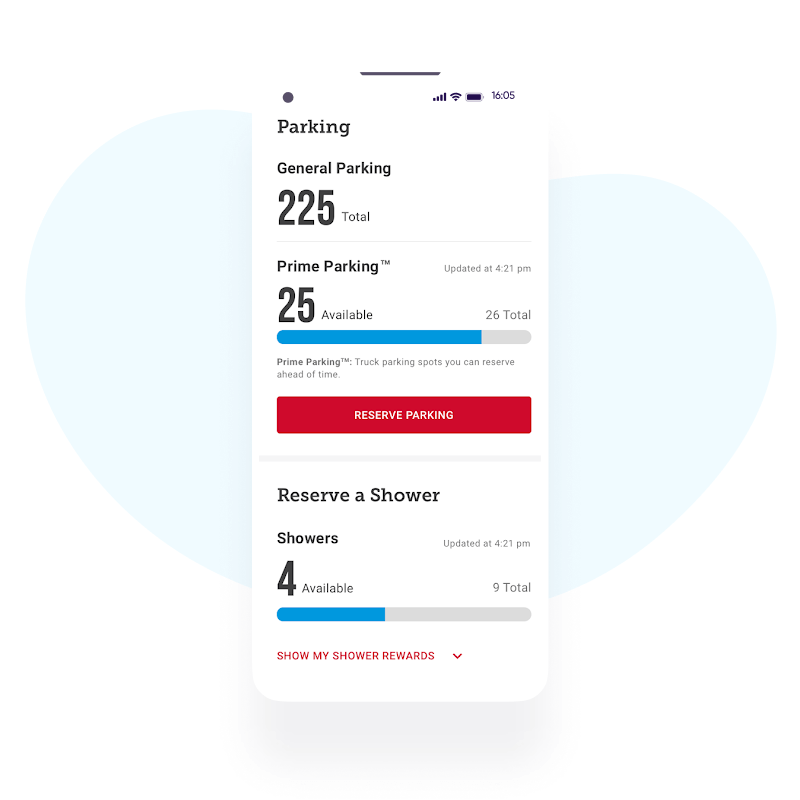
For starters, the app is customizable to each type of driver. RVers, professional drivers, and auto travelers will each enjoy a different in-app experience. Professional drivers, for example, can book showers and parking spots, pay for fuel and track mileage – saving time on the road and keeping records.
Through the app, Pilot Flying J’s marketers give their customers “something in return” for sharing personal data. Say a professional truck driver who’s bought coffee through the app in the past stops at a station outside of Tulsa. Assuming this driver is a user who gave consent to share their geolocation and permission to analyze previous behaviors, the app can send a personalized offer of a half-priced snack to go along with their cup-a-joe.
Immersive experience
If you deliver a great experience, more people will be happily willing to spend money with your brand.
Consider this report from PWC that found 54% of the general population (63% of Gen Z) will pay more for a better mobile customer experience. And Segment’s study noted that 36% of people will reward a brand with repeat business if they’ve had a good experience.
That’s true even if the brand’s competitors sell the same products for less money.
Apps offer more ways to create immersive experiences
Apps can ask for permission to tap into the native features of your customers’ devices – camera, compass, GPS – giving you more ways to deliver a captivating experience.
You can see how that plays out with Express’ Proximity Perks. When Express app users walk near a physical location, they’re sent discounts to encourage a visit. That’s made possible by the app’s integration with users’ device GPS.
Example: Nike Fit
In 2019, Nike added a new feature called Nike Fit to its shopping app. Given users’ permission, Fit uses a shopper’s mobile camera to help find the perfect fit.
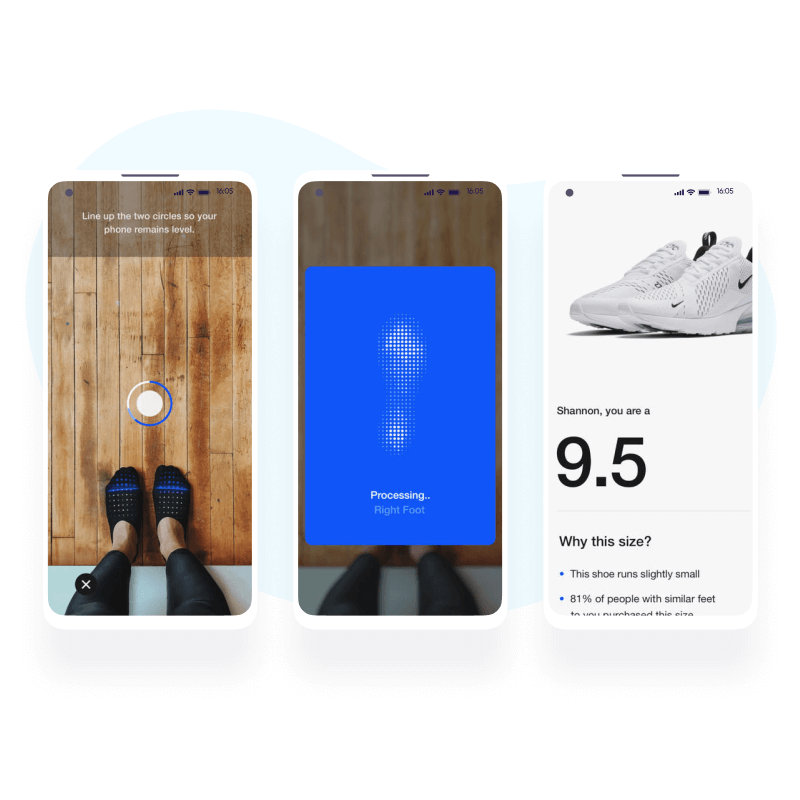
The app collects 13 data points while scanning your feet. Then, using a combination of AI, machine learning, and a recommendation algorithm, the app suggests the perfect shoe size.
Consumer-side security
Consumers are more worried than ever about falling prey to cyber crimes, and they expect brands to bear the brunt of the burden of keeping them safe while online. Brands that don’t take that charge seriously will likely lose customers.
Most people (91% according to this Sophos survey) are worried about cybersecurity at home. Almost half say they’re more worried than they were 12 months ago.
Meanwhile, 63% of respondents in a Ping Identity survey say that brands are responsible for creating safe online experiences. And some studies, like this one published in Frontiers in Psychology, suggest that consumers will ditch online platforms they perceive as risky.
Apps offer unique safety features for consumers
Design freedom, communication options, and access to native device features give developers more ways to protect users within the app environment compared to websites, such as:
- Biometric screening via face recognition or fingerprint scans
- Security alerts via push notifications
- Login credential protection via blocked screenshots
Example: Wells Fargo
Wells Fargo leverages its retail banking app’s safety features to keep its customers’ data safe while transacting online. Even better, the company communicates those safety features, so customers feel safe, too.
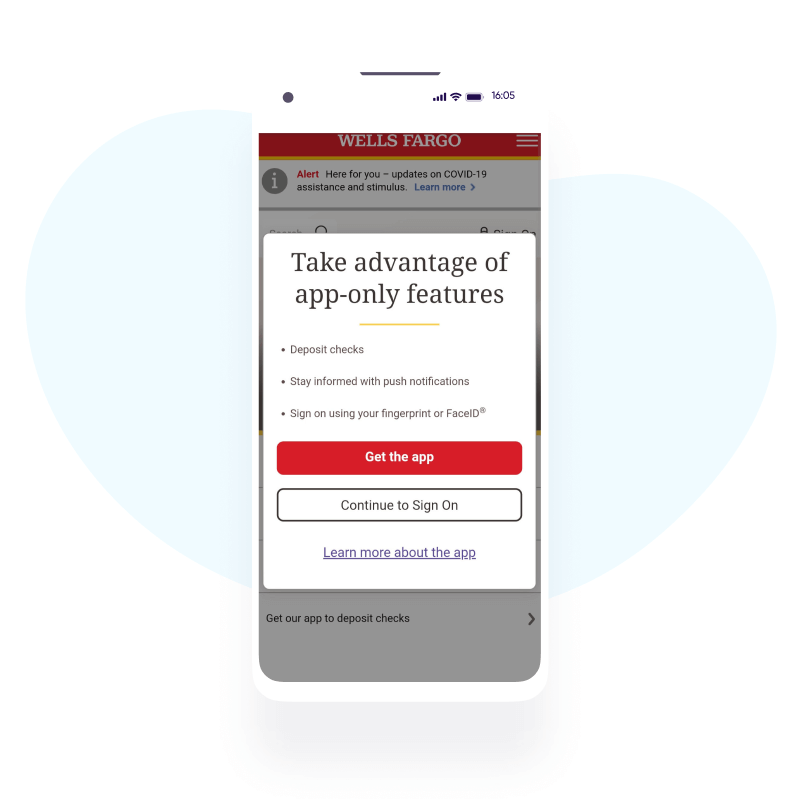
In particular, the Wells Fargo app gives users several options for biometric login, including Face and Touch ID through Apple, and Fingerprint ID through Android.
The app also integrates with Google Pay and Apple Pay wallets. Digital wallets only show a truncated bank card number to merchants, reducing the odds of foul play.
As an additional layer of protection that’s not enabled on the website, the app doesn’t allow screenshots of its login page.
Apps and mobile websites: The perfect combo
The physical characteristics of apps make them ideal for completing tasks quickly, securely, and with more personalization.
But despite the obvious advantages, websites do offer an experience apps can’t: exploration. You can’t expect anyone to poke around 20 apps in a single browsing session, but – it’s perfectly feasible for an internet surfer to click into that many websites.
The takeaway is that you need a mobile website to attract new customers while they browse and an app that helps them complete repeatable tasks to build long-term loyalty. That’s one perfect recipe for growth.


